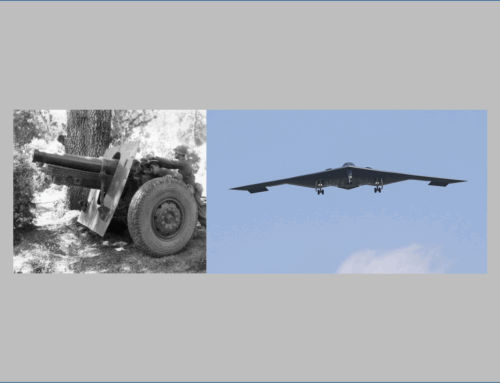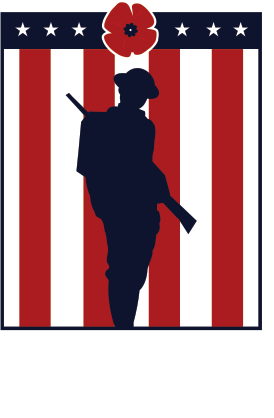Combat Veteran to Be Featured in WWI Memorial
Published: 5 September 2024
via the MilitarySpot.com website

MilitarySpot WWI-Memorial
Combat Veteran Joe Winslow to be featured in Washington DC World War One Memorial that the Smithsonian is calling “the greatest memorial bronze of the modern age.”
The sculpture, begun in 2019, is scheduled to be unveiled Friday, September 13th, 7:15pm EST, at the National World War One Memorial at 14th St. and Pennsylvania Ave, NW, Washington DC.
The World War I Centennial Commission was authorized by Congress to erect the national memorial at a cost of approx. $44 million.
Reporter Jim Beckman of NorthJersey.com describes the memorial this way:“”It will be, by some accounts, the largest freestanding bronze relief in the western hemisphere.
In five scenes, the sculpture will depict the journey of the American “doughboys” from home, through the horror of the 1914-1918 war — which the United States entered in 1917 — and back. It’s called “A Soldier’s Journey.”
“”This is the standard for national memorials,” said Howard, who has the daunting task of coming up with a monument worthy to be in its shadow. For three years, in a cavernous studio in Englewood, New Jersey, Howard and a handful of assistants have been working on “A Soldier’s Journey,” Washington’s newest monument. This epic bronze tableau, 58 feet long and 10 feet high, with 38 figures of doughboys and nurses, will be America’s World War I memorial when it is unveiled…at Pershing Park””.
The narrative moves from left to right, as the figures advance and plunge into the battle, and emerge transformed. Everything seems to be in motion. Some elements look like they’ve levitated.
Winslow is featured in the portion of the composition labeled by the sculptor as the “pieta” of the composition. He’s depicted as the Chaplain, and is lifting a fallen soldier off the ground with the help of another soldier. Following Winslow is a nurse holding up another wounded man as she moves him toward the aid station. The pieta part of the composition is meant to convey the combatants gathering one another to themselves, caring for the wounded and fearful, and helping them move forward. This particularly resonates with Winslow who has always felt as though his calling as a Marine Officer was buttressed by his conviction that it was his duty to gather together the young Marines around him and help them move forward, both professionally and personally.
One of only six living veterans depicted in the composition, Winslow was asked by the sculptor to be a part of the memorial after he attended a reception for Sabin at his studio in New York. After speaking with the sculptor’s wife Traci, who asked about his connection to the sculpture, Winslow shared that he participated in combat operations as a Field Historian and Combat Artist where he accompanied infantry assault units to record their operations for the National Museum of the Marine Corps. He described his role as “having a rifle in one hand and a sketch pad in the other.” He completed field sketches and renderings of combat action, collected battle artifacts, and documented operations, and came home to begin sculptural and fine art representations of Marines in action.
Read the entire article on the MilitarySpot.com website here:
External Web Site Notice: This page contains information directly presented from an external source. The terms and conditions of this page may not be the same as those of this website. Click here to read the full disclaimer notice for external web sites. Thank you.



